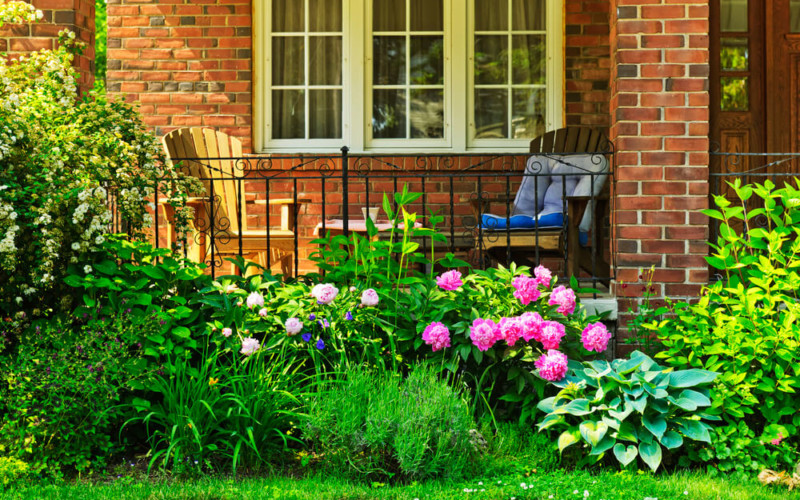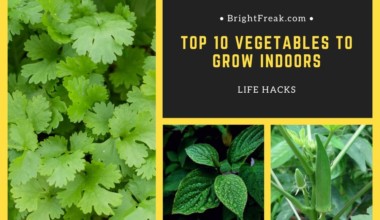Adding trees or shrubbery is a great way to accent your front yard garden. Your search for the perfect plants may be a little more involved, as many trees only thrive in certain climates, are prone to diseases, and require time to reach maturity; sometimes several years. Before choosing the plants for your front yard, you also need to prepare your yard first.
So, we have gathered ten tips for front yard garden preparation. Read on:
1. Know the lingo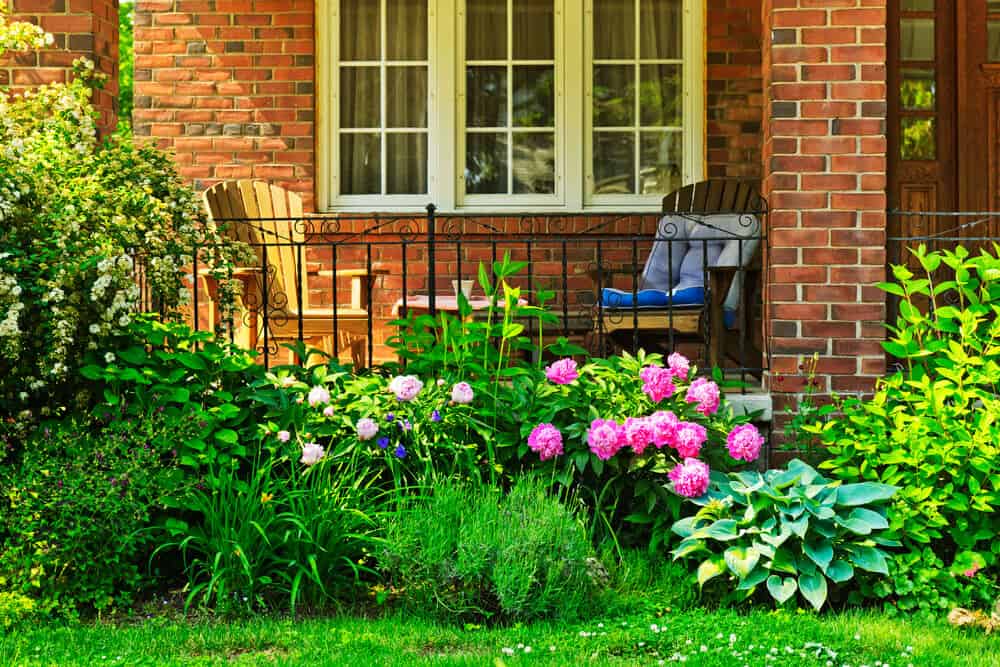
Perennials are plants that will return every year, with no replanting necessary while annuals need to be replaced every year. Choosing a good foundation of perennials is the key to building a beautiful landscape while adding annuals can be a fun way to accent your front yard garden every year.
2. Know your yard
Before choosing any plants, flowers or shrubs for your front yard garden first, pay close attention to the lighting in your yard. You need to understand what parts of your yard receive full sunlight all day, what areas remain shady throughout the day, and what sections have a mixture of shade and sunlight. Once you understand your yard’s lighting, you can make the plan and choose between the best front yard plants that will turn any yard into a veritable oasis.
3. Choose only plants that are low maintenance
Unless you can commit to pruning, clipping, watering or otherwise caring for your garden, aim to find hardy plants that will withstand extremes of heat or drought. If you live in an area that gets a lot of rain, remember that too much water will be just as detrimental to your plants as not having enough.
4. Showcase your gardens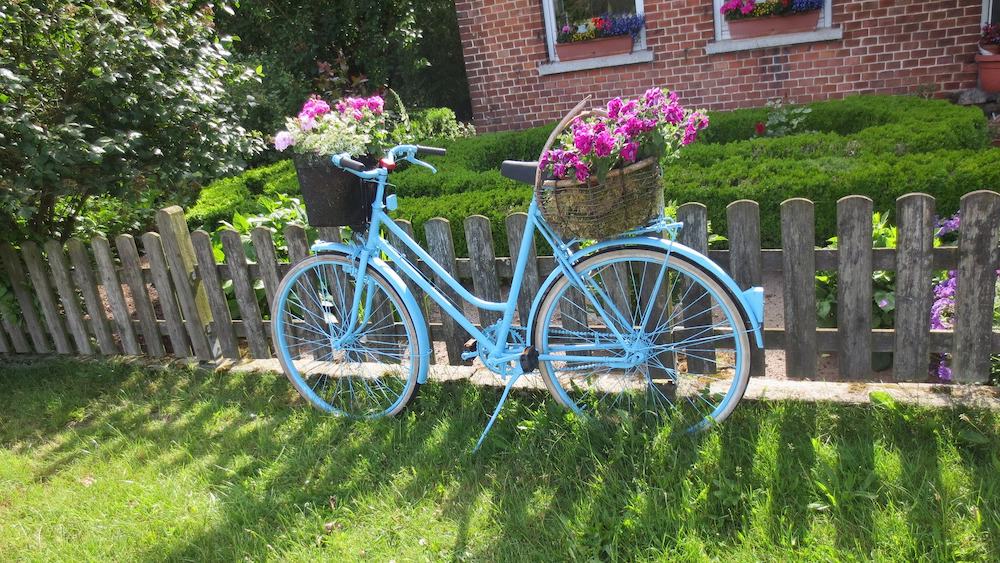
There are many ways to show off your plants, from mulch to river rocks. Make sure you put down an appropriate weed block before adding your foundation. If you don’t want to spend a ton of money, garbage bags, paper grocery bags and newspaper will work nearly as well as the commercially manufactured weed blocks.
When choosing mulch, remember that many colors will fade almost immediately, so select colors such as brown or red that won’t look as faded over time. Another option is to surround them with river rock or pebbles; while these foundations are care-free once placed, they can be extremely costly to set up.
5. Don’t forget the accents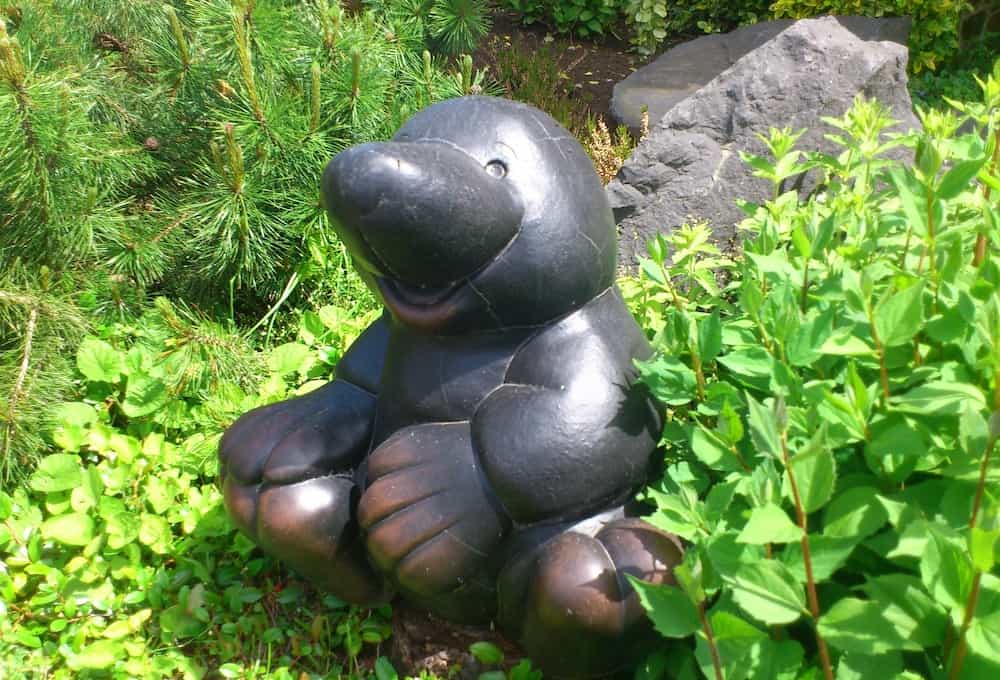
A solar-powered fountain, figurines, and even unique rocks or logs are beautiful accents to turn your front yard garden from drab to fab. Place a bench in the middle of a large garden, or find easy, small do-it-yourself ponds that can be added for a beautiful, dramatic effect. If you choose birdbaths, birdfeeders, or birdhouses, make sure that they are safe from your wild neighbors such as squirrels and raccoons, and that they do not become buffets for feral cats to eat the bathing visitors.
6. Weed needs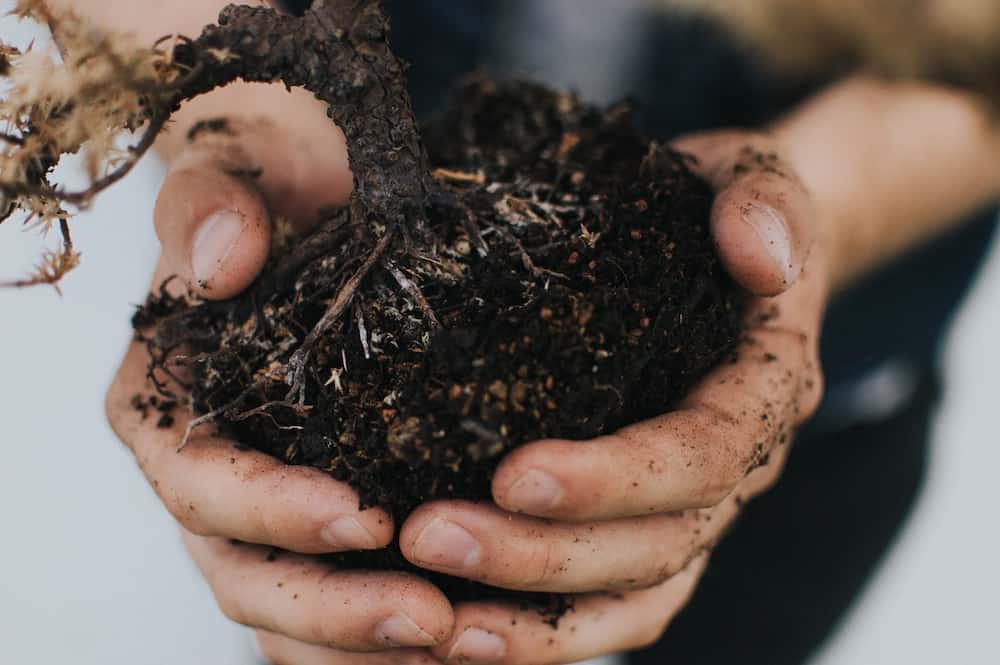
No matter how much you try, you will find stubborn weeds growing alongside your plants. Pulling them will involve removing the entire root system, while commercially made weed controls might hurt your plants, and contain poisons that could hurt your pets and wild neighbors. Try these homemade solutions for nontoxic weed killers.
7. Plant for the season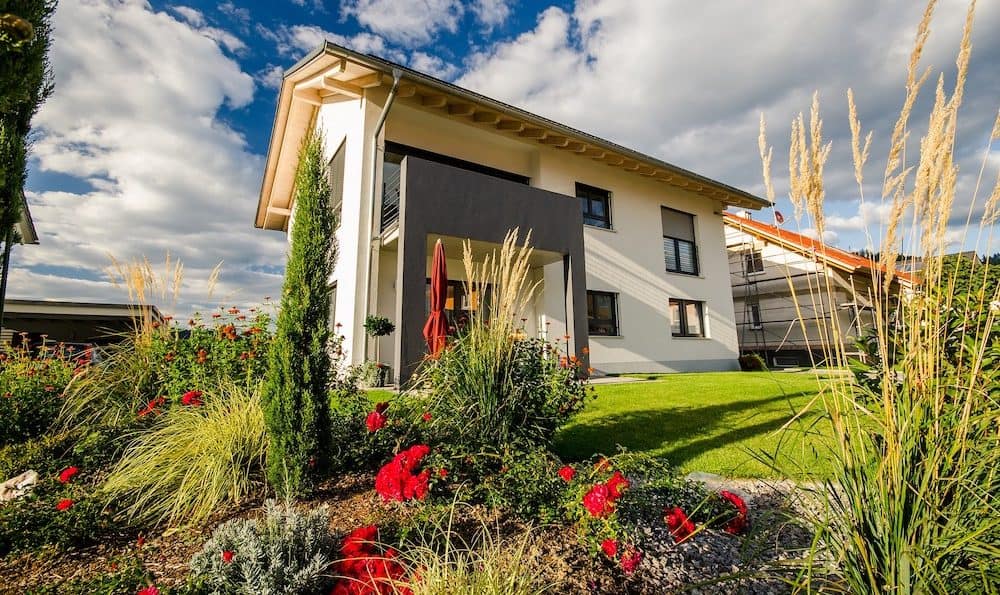
Mix your plants so that you have some blooming all season long. Find out which grow early in the spring, and add a few of those that grow later in the summer to have a front yard garden full of pretty flowers throughout the warm months.
8. Dedicate a garden to some vegetables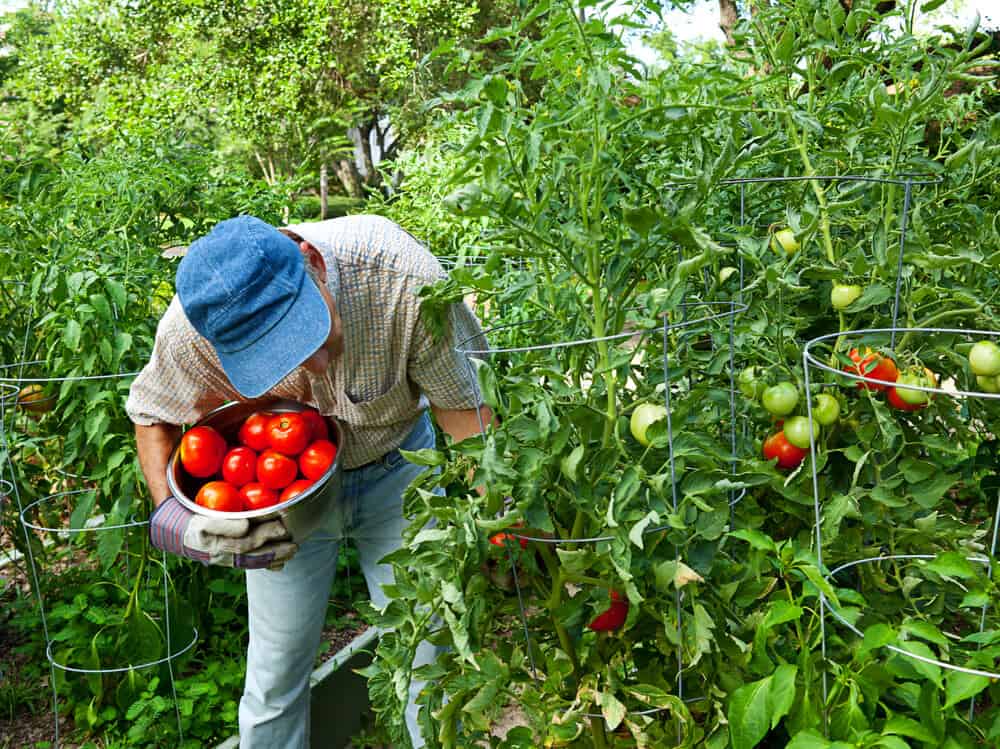
Many vegetables are hardy and low maintenance and can keep your grocery costs down when you plant them yourself. Just remember that some, like tomatoes and beans, will give you more than you could eat yourself if you plant too many.
9. Naturally, keep animals out of your garden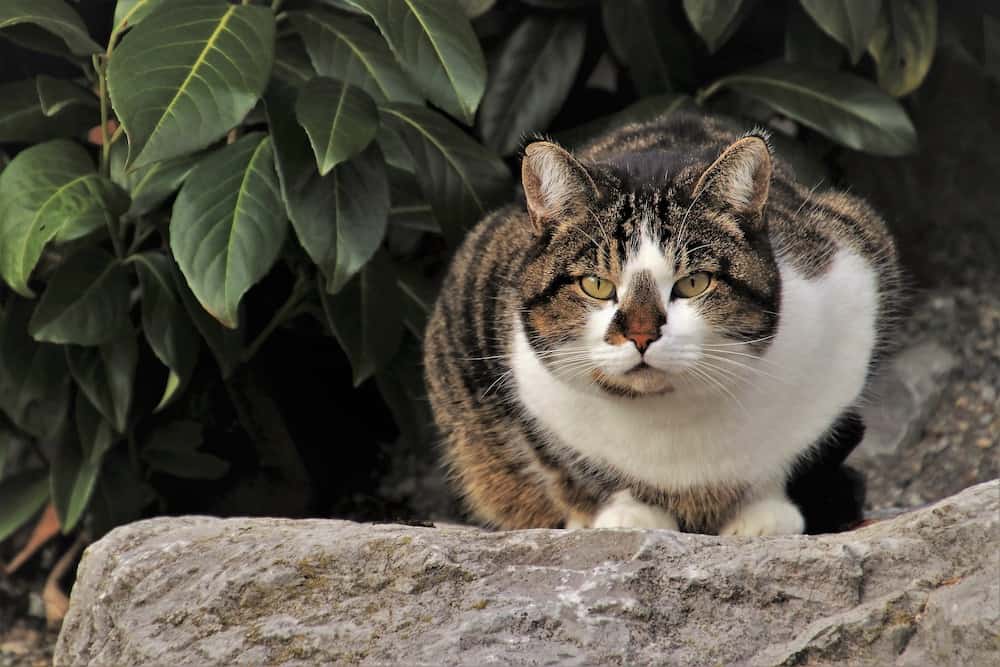
Cats will mark, dogs will dig, and rabbits and deer will eat; keep animals out of your front yard garden with certain plants, such as marigold, rosemary or sage. These are natural critter repellents.
10. Keep spreading plants contained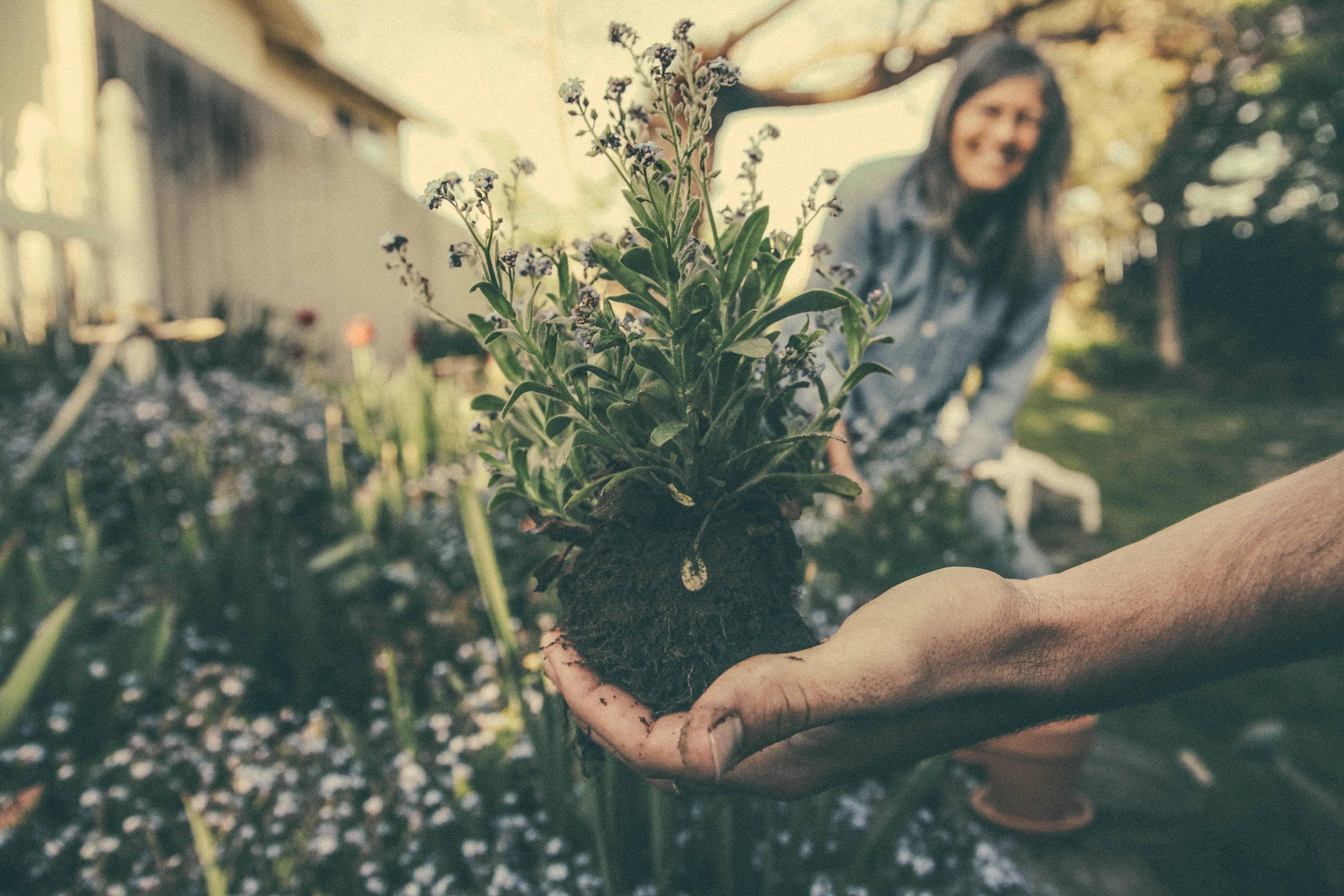
If you start with one small ivy plant for a little ground cover, it will spread and take your entire garden hostage. Whenever possible, plant invasive flowers in a container to keep them under control.
Bonus suggestions:
Bushes and shrubbery are quicker growing, but they can reach heights and thicknesses that will require trimming and pruning on a regular basis. Some shrubs, like the azalea and rhododendron, are gardener favorites for their beautiful blooms while others, like the privet hedge, can add a touch of privacy to a corner of your yard.
Before committing to a tree or large shrub or bush, find out how tall it will be, how thick, and what kind of care it will need as well as researching the best climates for your desired bush or tree. Trees that do not thrive or that are diseased are not only eyesores, but they will also require additional money to be treated by a professional, can be weakened to the point of falling, or will need to be removed.

